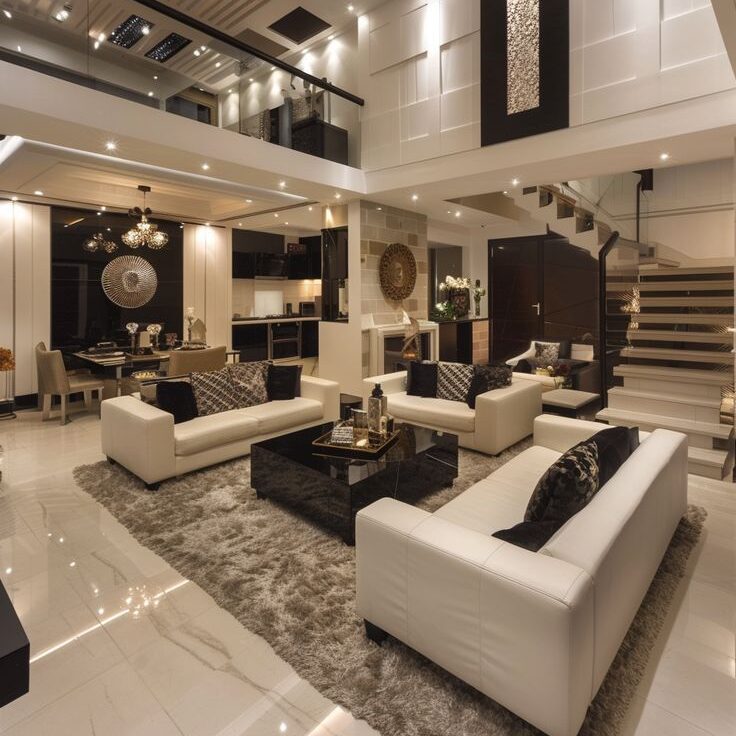Mumbai। AUGUST 30 2025। SKY LINK TIMES
Mumbai’s luxury housing market is on alert as the government considers raising GST on imported fittings and interiors to 40%. Industry experts believe this move could significantly push up construction costs, leading to higher prices for high-end homes.

For buyers like Rohan Ahuja, a tech entrepreneur eyeing a ₹10 crore apartment in South Mumbai, the news is causing second thoughts. His dream home includes premium imported fittings—Italian wardrobes, European kitchen systems, and marble flooring. But if the 40% GST slab comes into effect, the cost of those very fittings could soar, raising the overall property bill.
How much could prices rise?
Take a typical ₹10 crore luxury apartment as an example. Developers usually spend around ₹2 crore on imported interiors. At the current 28% GST rate, the tax outgo is about ₹56 lakh, pushing the interiors cost to ₹2.56 crore. This brings the total apartment price to ₹12.56 crore.
However, if GST on imported fittings rises to 40%, the tax jumps to ₹80 lakh. This takes the interiors bill to ₹2.8 crore, pushing the total cost to ₹12.8 crore—an extra ₹24 lakh per unit.
Now scale this to a luxury project of 50 apartments. Developers would collectively face over ₹12 crore in additional tax costs, a burden that cannot be ignored.
Buyers vs Developers: Who bears the cost?
Real estate analysts believe that for ultra-high-net-worth buyers, this increase is unlikely to derail purchase decisions. “For someone spending ₹10-15 crore, an additional ₹20-30 lakh is not a deal-breaker. But for developers, the decision on how to handle the tax hike is more complicated,” says Kunal Sharma, founder and managing partner, Taraksh Lawyers & Consultants.
If developers choose to absorb the extra cost, their margins shrink significantly. Passing it fully to buyers, however, risks slowing demand in a market already strained by high borrowing costs and sluggish sales.
Rise of the ‘raw apartment’ trend
Experts predict that one possible shift could be the increased popularity of ‘raw apartments’—homes delivered without interiors. This allows buyers to directly source and install fittings, either imported or locally made, depending on their budget.
“Selling raw apartments gives developers breathing space by cutting upfront costs, while giving buyers flexibility. Many wealthy buyers anyway prefer to customise interiors according to their taste. With higher GST, this model may become the new normal in the luxury housing space,” said a Mumbai-based developer.
Timing and investment impact
Industry insiders say affluent buyers may accelerate decisions to lock in deals before the new GST slab takes effect. However, some could also delay purchases, hoping for clarity or exemptions.
While the government’s move is aimed at boosting local manufacturing and reducing dependency on imported luxury products, it could make luxury real estate significantly costlier. Developers, already juggling high land and financing costs, now face another test of resilience.
For buyers like Rohan Ahuja, the choice between a ready-to-move home with interiors included or a bare-shell apartment is becoming more strategic than ever.
As the industry awaits clarity on GST reforms, one thing is certain: the luxury housing market in cities like Mumbai, Delhi, and Bengaluru will need to adapt quickly to maintain its aspirational edge.
For More Info Stay Tuned: https://skylinktimes.in



